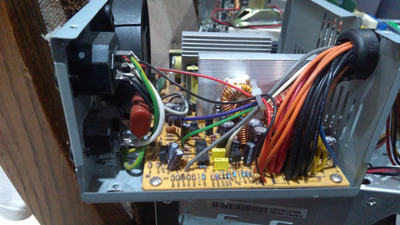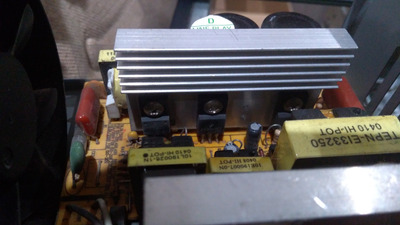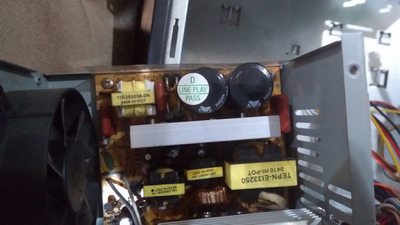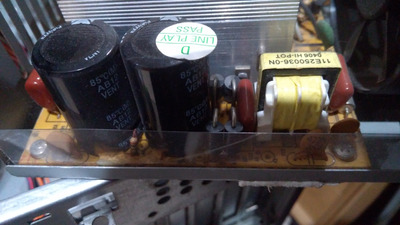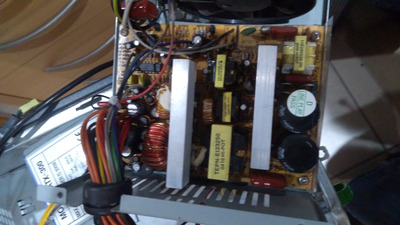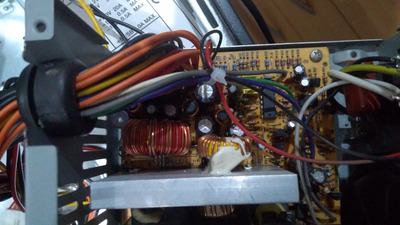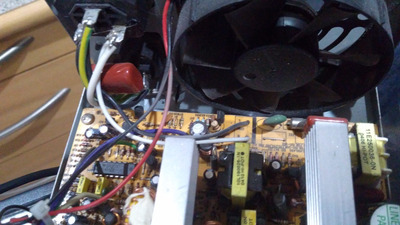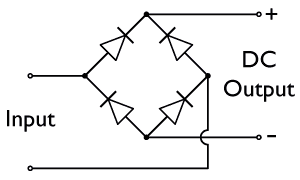canthearu wrote:Yeah, you can often tell by just having a quick look in a PSU, whether a PSU is a complete gutless wonder or not. Things like missing input filters, using 4 x diodes rather than a bridge rectifier, wafer thin heatsinks, more board than component (like the L & C board).
I mainly agree with you, but I think not using an encased bridge rectifier is okay if well-done.
A look into my 1994 Siemens-Nixdorf 145W AT PSU:
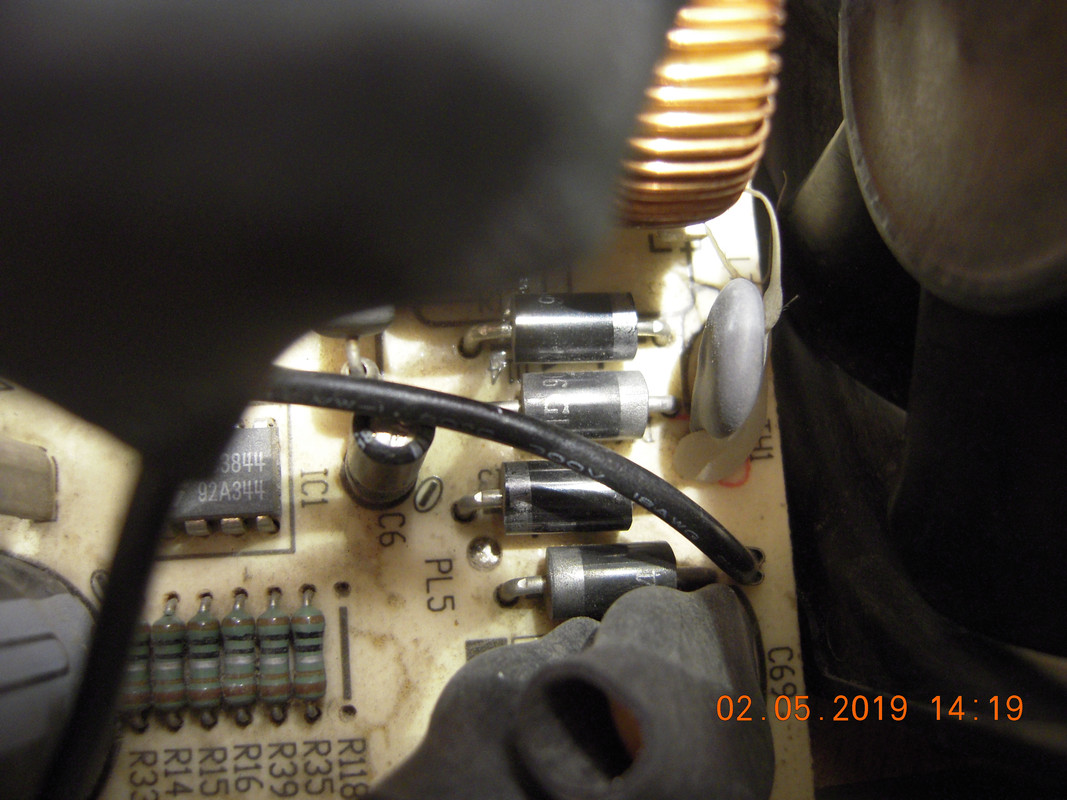
4 big diodes of good quality with thick leads.
Placed in front of the outlet fan, with only the thermistor between diodes and fan. (Active cooling and thermal surveillance.)

No low quality components detected. Notice the size of the coils and the transformers.
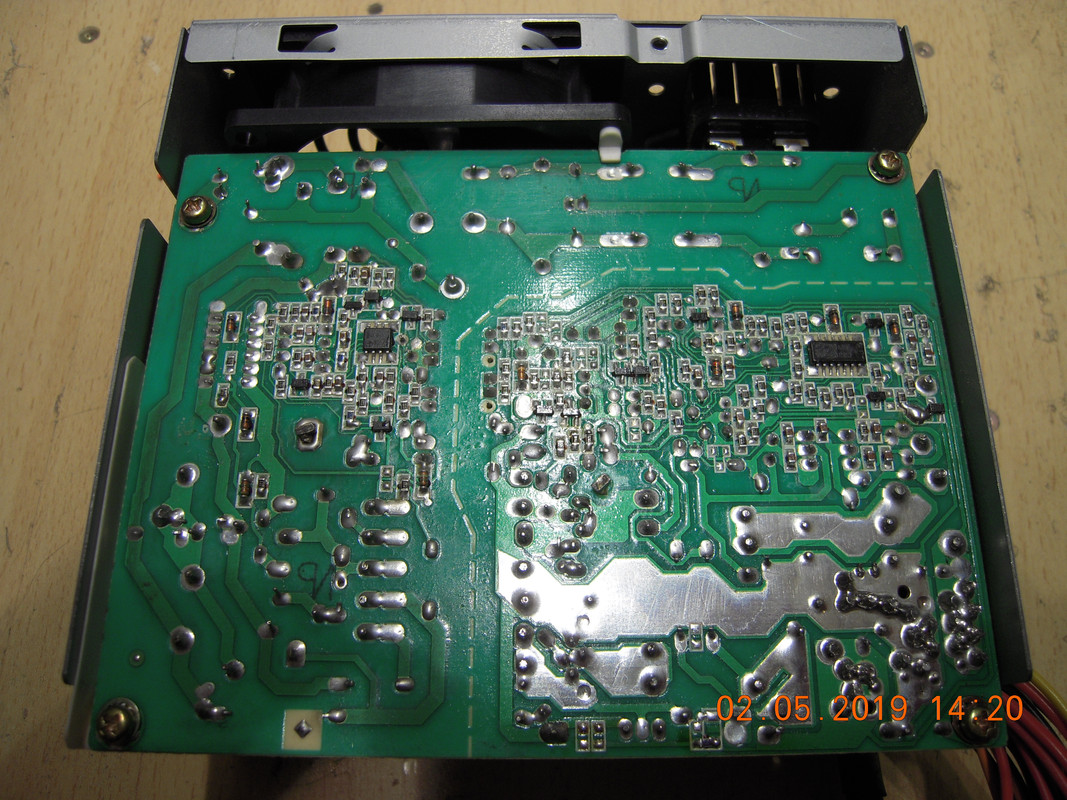
There is even more on the PCB underside.
Some more details:
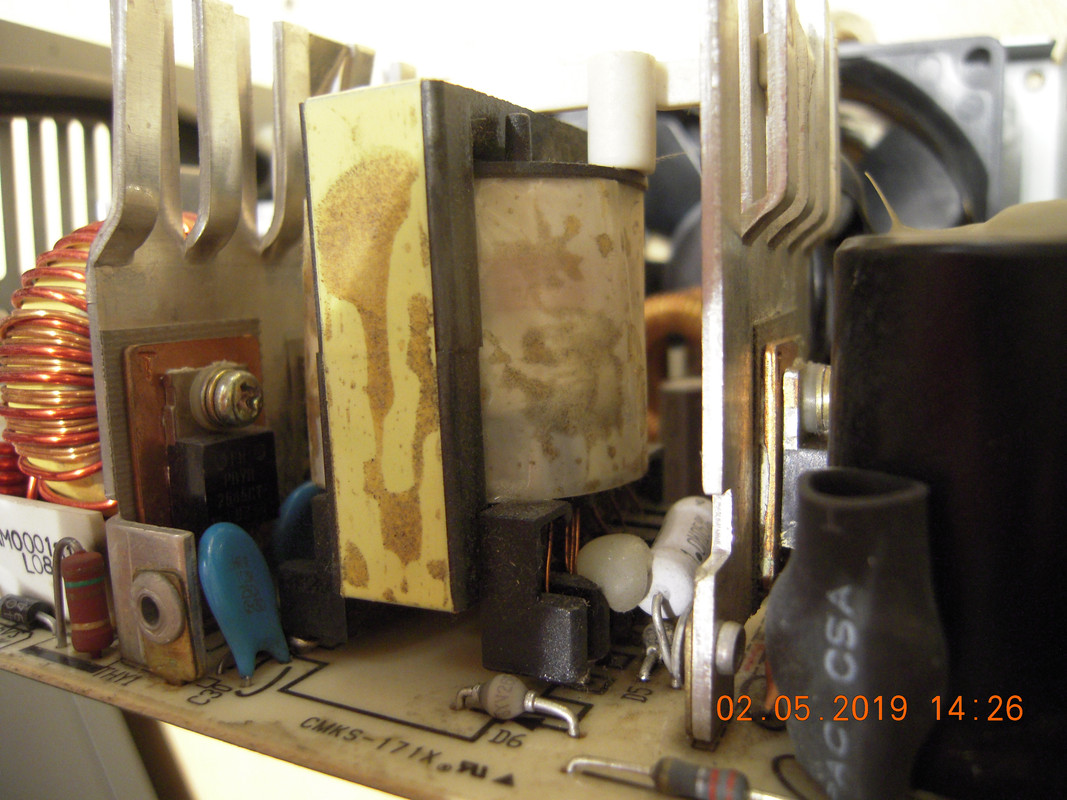
Notice the copper heat spreaders between semiconductors and insulation.
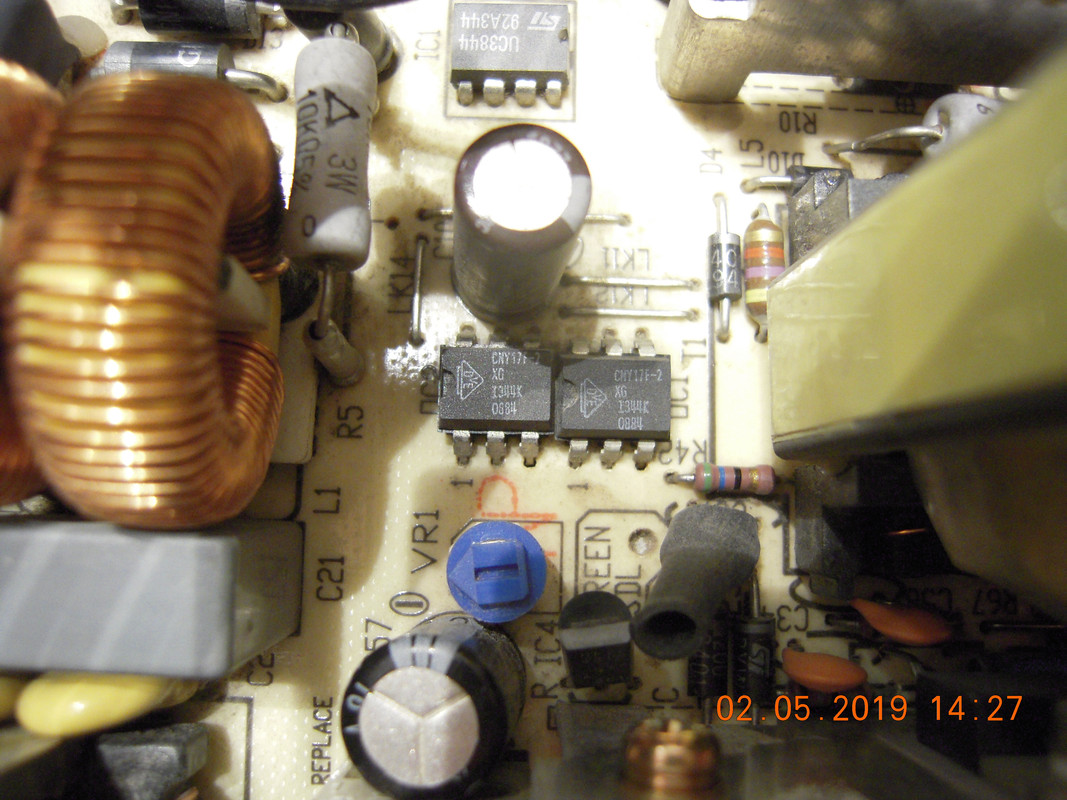
Safety-certified optocouplers.
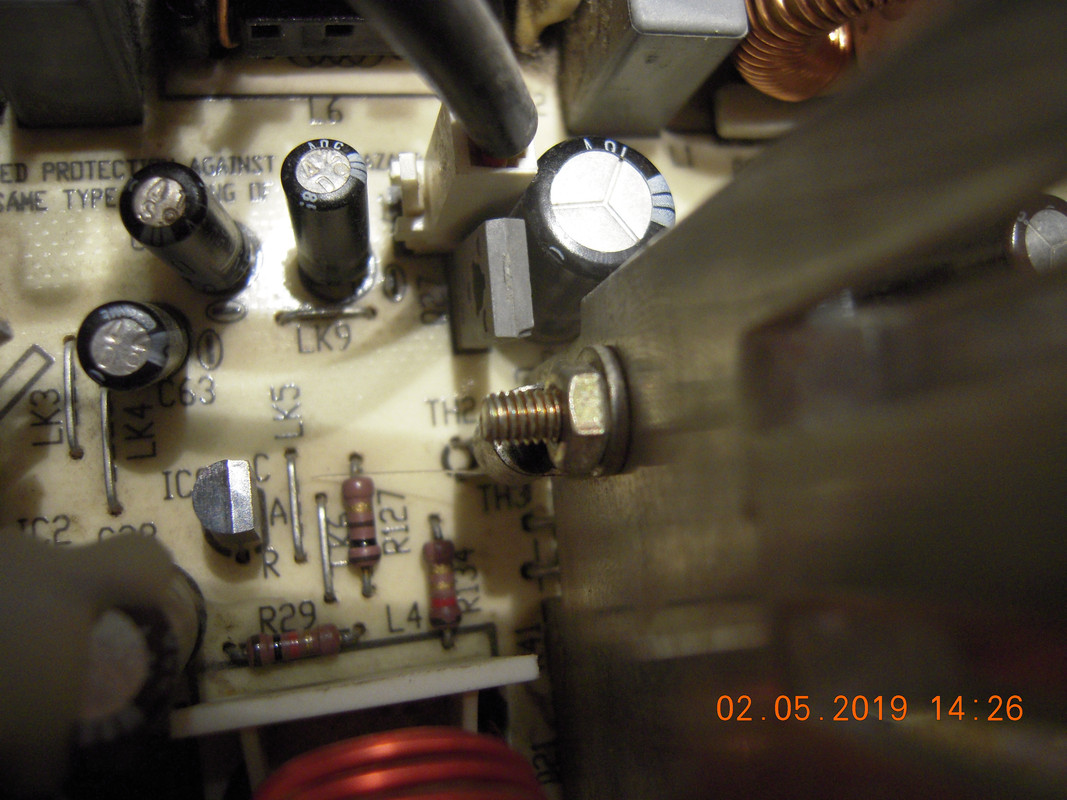
Thermally conductive brass screw used to connect the thermistor to the cooler.
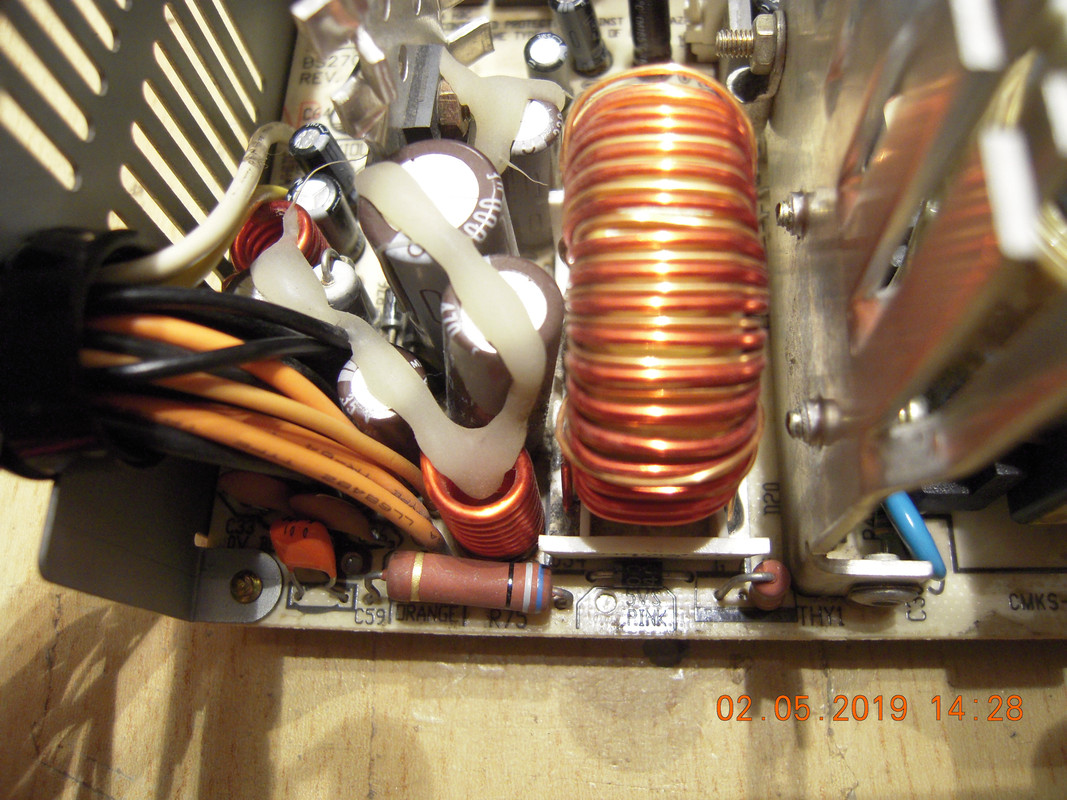
I have seen bigger output sections with more pi coils, but, well, it's only 145W...
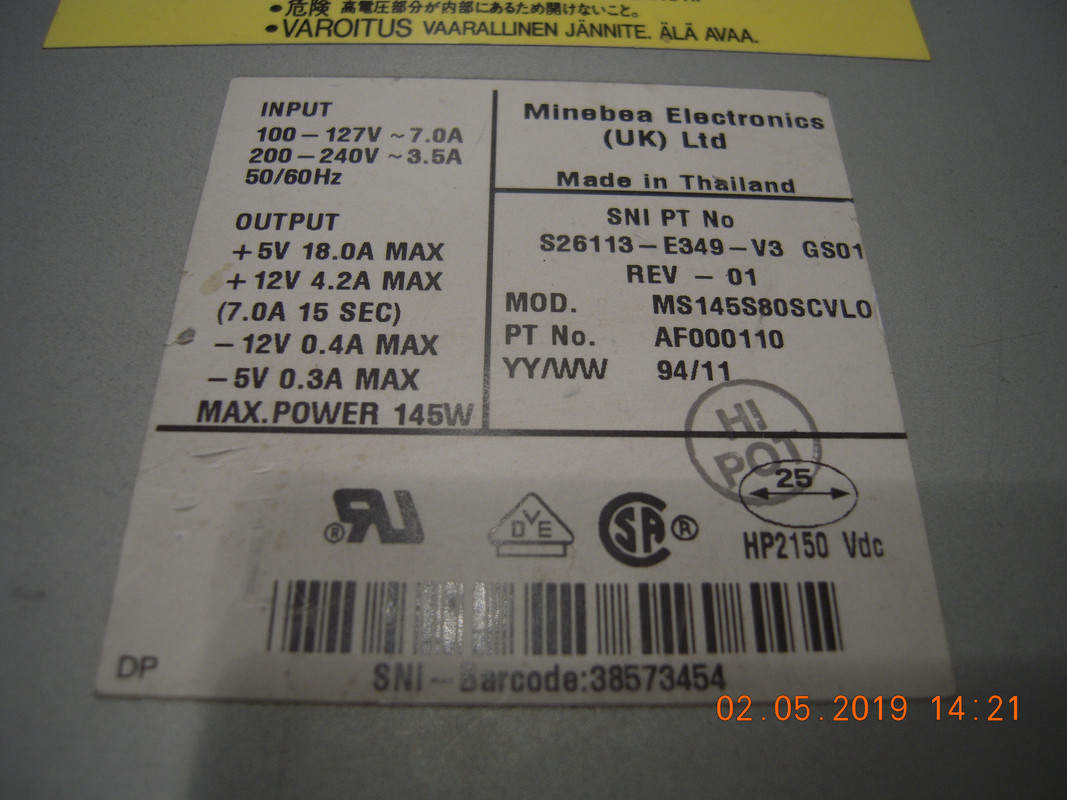
And finally the label...
(SNI = Siemens Nixdorf)
So I guess, 4 diodes instead of bridge rectifier block does not necessarily indicate that the PSU is of inferior quality...








